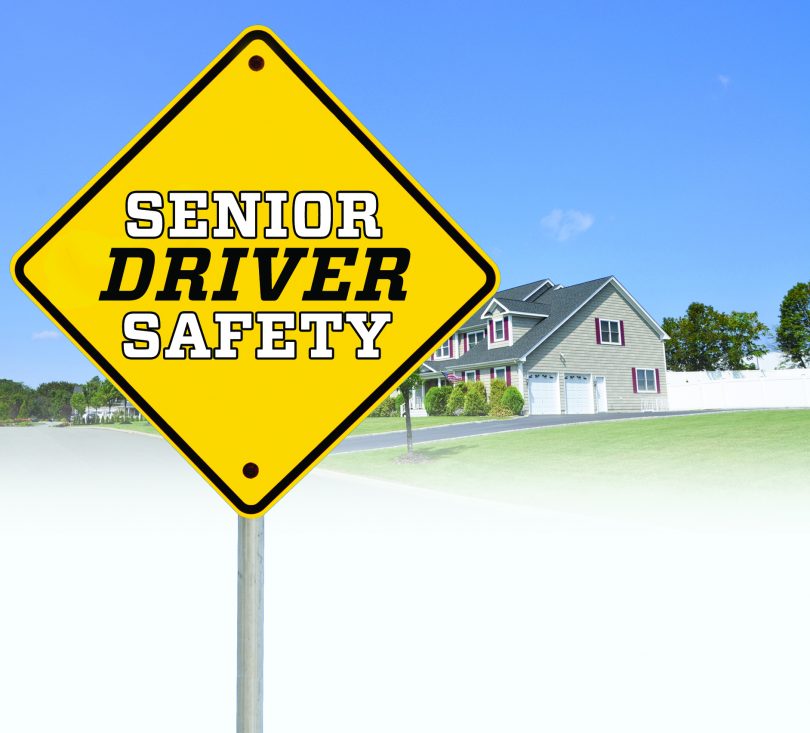Written by Karl Hoffman
—
[dropcap]The ability to drive affords us many luxuries and freedoms. For some, driving an automobile may represent a welcome convenience; for others, it may be a necessary part of their daily routine. Public transportation is often lacking in many communities, and older adults display a strong preference for making trips in personal vehicles versus buses, cabs or trains. Driving is a privilege that few of us could imagine living without. For older drivers, it can be the defining point between the “independent” and the “dependent.” It is often one of the determining factors in whether an older adult can live independently at home, or make a necessary transition to an assisted living facility or other retirement community.[/dropcap]In addition to the privileges it provides, for many older adults driving also represents one of the most dangerous tasks in which they engage. Two factors contribute to this risk. First, although the vast majority of seniors are safe and competent drivers, the likelihood of being involved in a collision may be elevated for some older adults due to a change in ability as a result of illness, disease or the natural aging process. Second, seniors are more likely to sustain serious injuries in a collision due to their decreased physiologic reserve. The impact that may result in the bruising of a younger adult may result in bone fractures in an older, osteoporotic adult. Consequently, driving can represent a double-edged sword for the older driver. It is a skill that can reap great rewards, but when performed unsafely can result in catastrophic harm. An evaluation with a Certified Driver Rehabilitation Specialist (CDRS) is generally the most effective and objective means for determining the driving safety of an older adult. The CDRS is usually an occupational therapist who has received additional training in how aging and disability can affect driving skills, as well as the use of adapted driving techniques and vehicle modifications that can compensate for an individual’s change of abilities. A comprehensive driving assessment usually includes a clinical assessment of the physical, cognitive, and visual/perceptual skills utilized in driving, followed by an in-car session (also known as “road test”) to evaluate the application of those skills in a real-world driving environment. Drivers with good skills can be recognized and encouraged to continue driving. Drivers who present with unsatisfactory skills or unsafe driving behaviors can be recommended for driver rehabilitation. For those whose skills are significantly impaired and cannot be remediated, driving retirement may be the best option to ensure their safety and the safety of others on the road.
Behavioral Health Matters is a weekly blog published by Colonial Behavioral Health and features helpful articles written by experts in the Hampton Roads area. Read more articles online at behavioralhealthmatters.blogspot.com.

